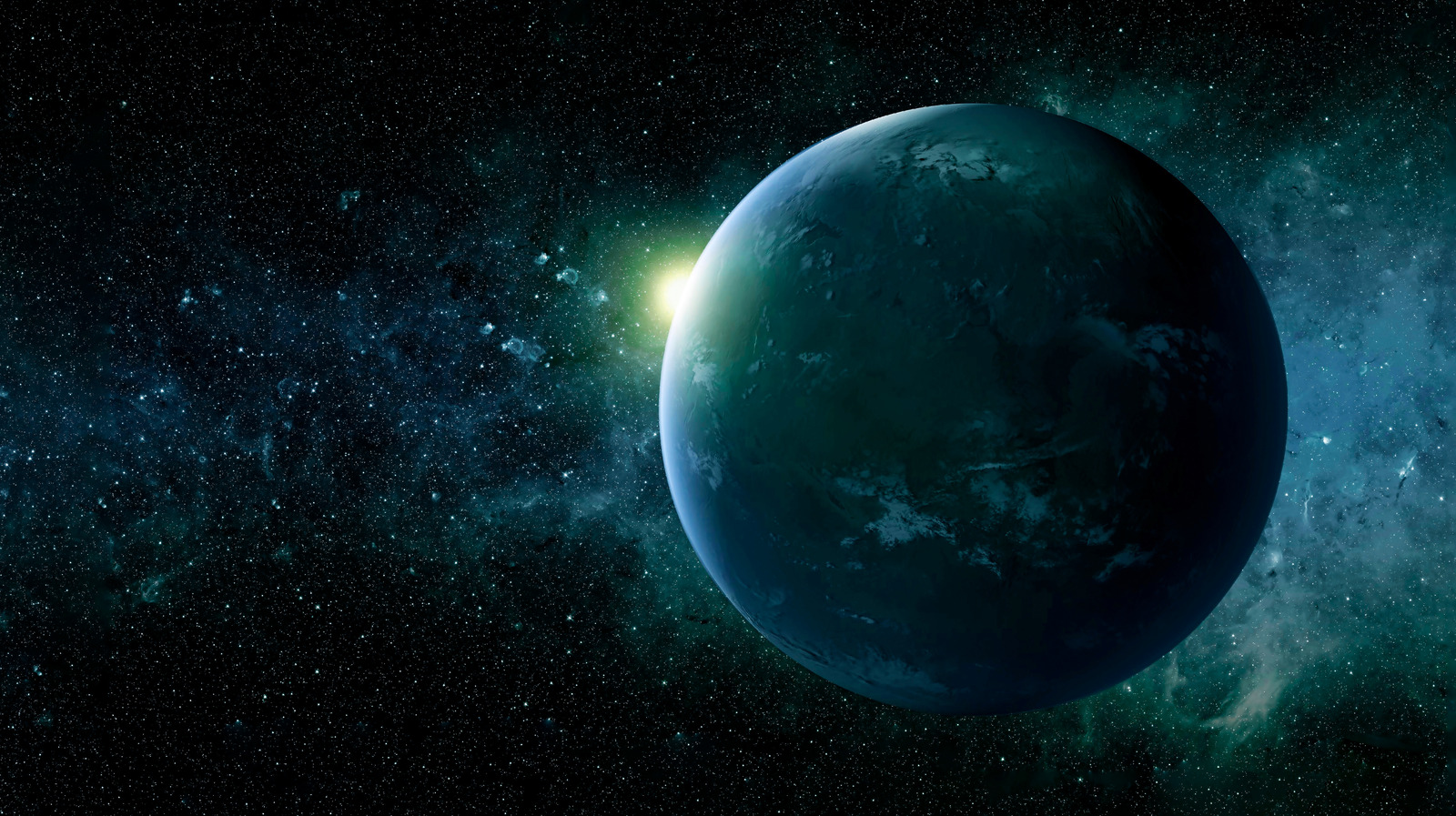
This Newly Discovered Exoplanet Is Denser Than Lead – SlashGear
Astronomers recently discovered a strange exoplanet. It’s the same size as Jupiter, but with 13 times the mass. That makes it one of the most weighty planets ever discovered, with a density greater than that of lead.
In a paper in the journal Astronomy & Astrophysics, authors describe their discovery of planet TOI-4603b using NASA’s Transiting Exoplanet Survey Satellite, or TESS. They looked at data from TESS and added data from other instruments at the Palomar Observatories in California.
By looking at how the light from the planet’s host star dipped in brightness when the planet passed in front of it, called the transit method, they were able to determine the planet’s size. Then by looking at how the light from the star was shifted due to the Doppler effect, they were able to work out the planet’s mass.
By combining these different pieces of data about the planet, researchers were able to see it was incredibly dense. “It is one of the most massive and densest transiting giant planets known to date,” the authors write in the paper.
The exoplanet is located 730 light-years away, orbiting around a star called TOI-4603. And this planet orbits very close to its star, with a year there lasting just 7 days. The authors suggest that the planet might have formed further out from its star but migrated closer over time, because it has an oval-shaped orbit. Studying the orbit and the other bodies in the system could help us learn about how such a dense planet formed.
What counts as a planet?
The discovery of such a massive exoplanet is particularly interesting because it helps define what the upper bounds of a planet can be in terms of size and mass. There is a type of object called a brown dwarf, which is halfway between a planet and a star. The defining feature of a star is that it undergoes nuclear fusion in its core, which produces light and heat and is what makes it glow brightly. Brown dwarfs don’t have enough mass to create fusion of hydrogen into helium in their cores, so they aren’t really like stars.
However, brown dwarfs can sometimes fuse other elements like deuterium or lithium, so they aren’t really like planets either. They are sometimes referred to as failed stars or as substellar objects to reflect this ambiguity, and they typically have a mass of between 13 and 80 times the mass of Jupiter.
This newly discovered planet is right on the border of being a brown dwarf. It has a mass of 12.89 times that of Jupiter, so it’s about as massive as possible for a planet to be before being considered a brown dwarf. Astronomers are still debating where exactly the cutoff line between a brown dwarf and a planet should be, so looking at planets like TOI-4603b can help them decide how to classify these two different types of objects.































![iFi's GO Bar Kensei Dongle DAC Supports K2HD Technology With Some Samurai Swagger [Updated] iFi's GO Bar Kensei Dongle DAC Supports K2HD Technology With Some Samurai Swagger [Updated]](https://i0.wp.com/cdn.ecoustics.com/db0/wblob/17BA35E873D594/33FF/45A11/QTXOLJR4xDKSNMMk2WlTgjaIlvSgcYpeU1xJzUwIoYs/ifi-go-bar-kensei.jpg?w=768&ssl=1)

























